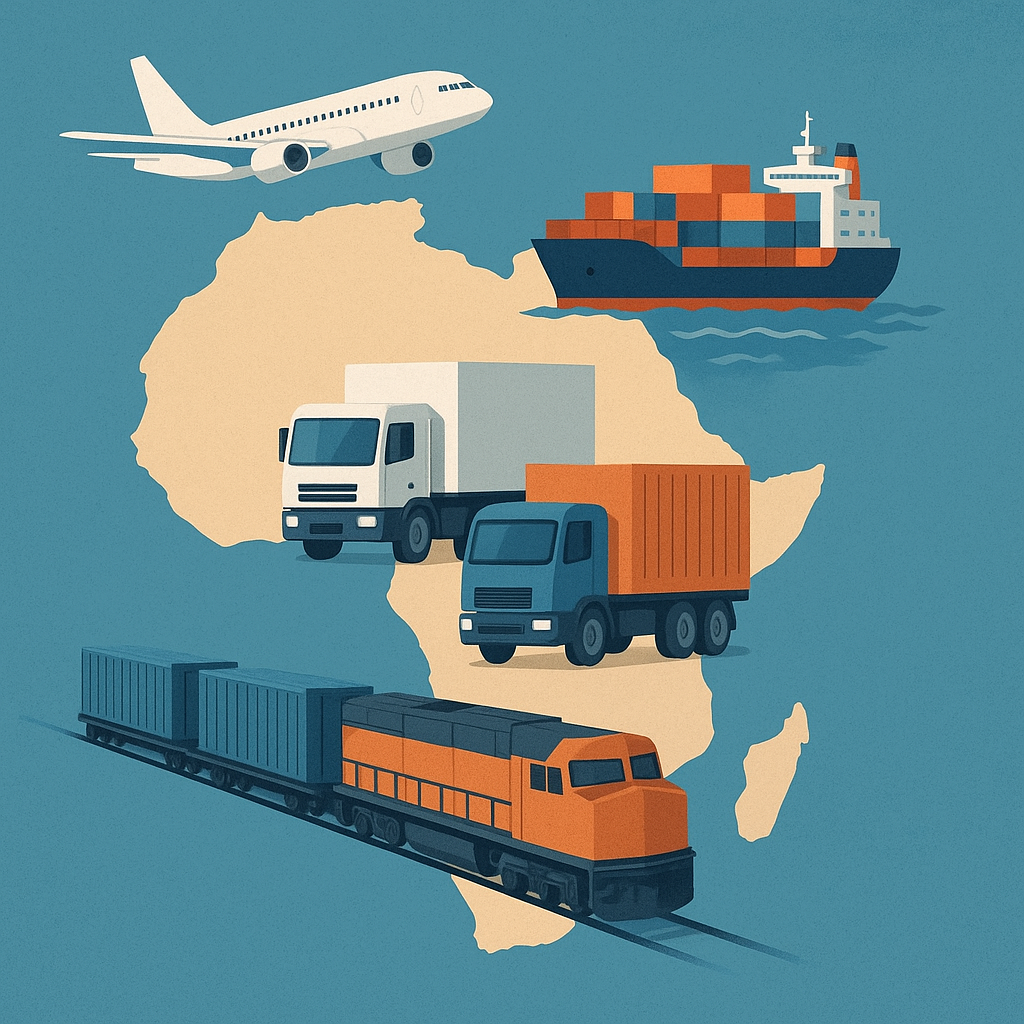US tariffs and shifting geopolitics are redrawing global trade lanes and the knock-on effects are hitting South Africa. Truck fleets will inevitably pay the price as imports slow and exports reroute. With rising security risks and mounting costs, resilience has become a survival game. At the SAPICS Conference in Cape Town, DHL Supply Chain’s EMEA chief Andries Retief warned it is time to reimagine supply chains – not just to survive disruption, but to grow stronger because of it.
More than 700 supply chain managers gathered for the 47th edition of the continent’s leading logistics event, hungry for insight. Retief delivered. He explored how today’s volatile landscape, shaped by conflicts, technology and constant shocks, demands bold new thinking. “In calm times, logistics is the quiet engine of growth. But in disruption, it becomes something more: a strategic lever,” he told delegates.
“We are living through an inflection point. Trade lanes are being redrawn. Governments are investing in strategic autonomy. Sustainability is now a prerequisite. The pandemic was merely a stress test for what came next and the shockwaves are still being felt across industries ranging from e-commerce to bio-pharma,” he said.
Risk, resilience and tailwinds
Cybersecurity, he warned, is the threat keeping businesses awake at night. Yet amid the turbulence lies opportunity. “Supply chain leaders who see the current forces at play as headwinds will fall behind. Those who harness them as tailwinds and align their supply chain strategy to these global shifts will accelerate toward sustainable growth.”
That acceleration will not come easily. Retief shared data showing 92% of organisations struggle to mitigate supply chain risk due to poor visibility and collaboration. While 75% check whether key suppliers have continuity plans, 68% admit they are constantly firefighting disruption, rarely with time to recover before the next blow.
“In today’s landscape, strategy can’t be confined to balance sheets and boardrooms,” he said. “It must start with a clear-eyed view of a network – where it’s strong, where it’s vulnerable and how it responds under stress. We can do this by considering geographic and strategic tailwinds.”
Africa’s geographic advantage
Africa, he argued, offers a natural advantage. “Look at the advantages that the geographic diversity Africa can offer, such as proximity to key resources, proximity to key markets, access to transportation networks (like ports, highways and railroads), favourable trade agreements and access to resources.” For both local operators and foreign investors, he said, this can mean faster routes to market.
Strategic tailwinds also come from aligning operations with mega trends: e-commerce, fulfilment networks, life sciences and sustainability. The common thread is diversification. “This is not a new concept, but one that is now sharply in focus,” Retief told the audience. Multi-shoring, omni-sourcing, distributed warehouses and multi-modal transport are the building blocks of resilience.
Diversification is the new currency
“Diversifying logistics operations – with a distributed network of warehouses and distribution centres – improves supply continuity and responsiveness in the face of localised disruptions. Multi-modal transport is also part of the mix. Relying on a mix of air, sea, rail, road – and even bicycles for last-mile delivery – ensures flexibility across the entire transport chain.”
Orchestration is the glue
The glue, he concluded, is orchestration. “This is the coordinated management of all elements – processes, people, technology and data – to ensure seamless, efficient operations across increasingly complex, global supply chains. The environment we live in today doesn’t just call for better supply chain management, it demands strategic reinvention. The supply chain must be reimagined, not as a cost centre, but as a competitive advantage: agile, diversified and ready for whatever comes next.”
Editor’s comment: For South African truckers, the theory Retief outlines lands in the middle of a harsh daily grind. Diversification, orchestration, tailwinds – it all sounds good on a stage in Cape Town. But on the N3 at Van Reenen’s Pass, where trucks are torched in protest, or in Durban harbour, where containers queue for days because the port can’t get its act together, resilience takes on a rawer meaning.
Fleet managers and truck drivers know the realities. Rail has collapsed, pushing more tonnage onto already battered roads. Border posts clog up traffic for days. Diesel costs are high while security escorts become mandatory on more and more contracts. Trucks are not just carrying goods, they are carrying the risk of fatal accidents, vehicle damage, sabotage, theft and long delays.
The message, though, is not lost on us. What Retief calls “orchestration” is exactly what South African fleets are being forced to execute – juggling operating margin volatility, broken infrastructure, political uncertainty and global shocks while still getting freight to market. The ones who survive will be those who embrace agility: spreading risk, diversifying clients and suppliers, switching modes where possible and never assuming today’s route will still work tomorrow. In short, it’s adapt or die.
Click on photographs to enlarge





